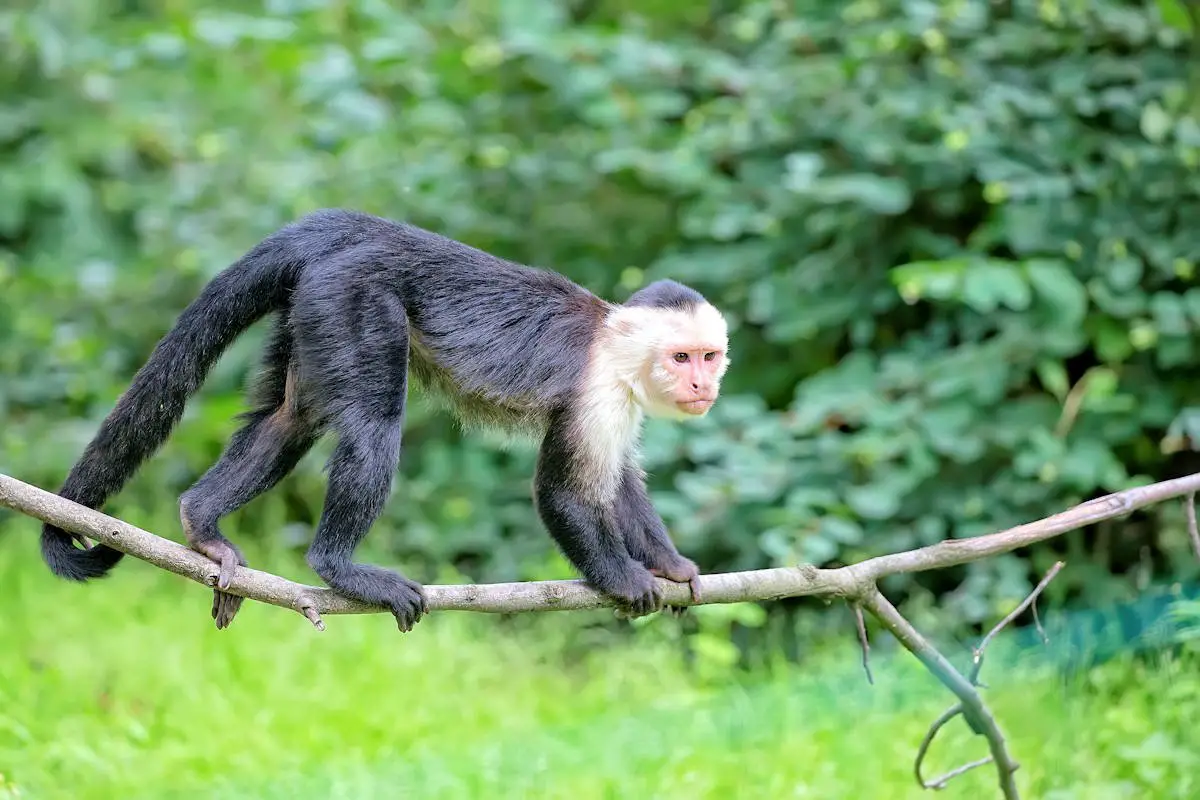Due to their numerous similarities with man, monkeys have been the subject of study over the years. In the following article we will tell you a little more about the types of monkeys that exist, as well as the main characteristics of one of our closest relatives.
DIARIO DEL HUILA, ENVIRONMENT
Monkeys are taxonomically classified as New World monkeys or Platyrrhines, and Old World monkeys or Cercopitécidos. More than 200 species have been identified, which inhabit territories of America, Asia and Africa.
This classification excludes hominoid primates or also known as apes, since these have characteristics that differentiate them from their relatives. Among the apes we can find the orangutan, the gorilla or the chimpanzee, which are distinguished mainly by being larger and not having a tail.
new world monkeys
New World monkeys are characterized by having separate, side-opening nostrils. They also have flattened snouts and relatively long tails compared to their body size.
On the other hand, they are generally arboreal, as well as being native and endemic to the American continent. 5 families are included within the group of New World monkeys.
Family Callitrichidae
This family is made up of 42 species of primates known as marmosets or tamarins. These animals can be found in Central and South America, in countries like Colombia, Brazil or Venezuela. They are small animals with weights between 100 and 800 grams, with a size between 10 and 50 centimeters.
In the same way they are diurnal, arboreal and feed on fruits, leaves, insects and flowers. They are territorial animals, scaring off intruders with intense squawks. They make up communities of 5 to 6 animals, although it has been shown that they live in community with other types of monkeys.
Among its main characteristics we find that these primates have two molars, a non-prehensile tail and are one of the few known to have multiple births.
It may interest you: Do you know the manual?
Among the main species we find the following:
pygmy marmoset
Tamarino.
Black-crowned marmoset.
lion tamarin.
Neotropical marmoset.
Family Cebidae
It is made up of 17 species of primates that inhabit forests in Central and South America. They are medium-sized animals, weighing up to 4 kilograms. They are mainly characterized by their prehensile tail, which they use to move and hold onto trees while they are feeding.
Its diet is based on fruits, leaves, small insects and small vertebrates. They live in communities of up to 20 individuals. They are arboreal and diurnal behavior.
One of its species, the white-faced capuchin monkey, plays a determining role in the forest ecosystem, since it is responsible for the dissemination of seeds and pollen.
Family Aotidae
Known as nocturnal monkeys, this family is made up of 11 different species, which can be found in tropical forests of Central and South America. They weigh in their adulthood between 450 to 1250 grams, and a size of 50 to 70 centimeters, counting the length of their tail. Nocturnal in behavior, they usually come out to feed at night on insects, fruits, leaves, lizards, birds and small mammals.
up to 10 hectares. In addition, they usually live in pairs with their young, which are born once a year.
Family Pitheciidae
This family is made up of 54 species, distributed only in tropical forests of South America. They are generally found in the Amazon and the Atlantic zone of Brazil. The sizes of its species vary between 20 to 70 centimeters, with weights between 2 to 4 kilograms.
Family Atelidae
Family made up of 27 species distributed in areas of Central and South America. They are found in countries like Mexico, Argentina, Peru and Brazil. These monkeys are considered the largest in the New World. Its body size ranges from 50 to 90 centimeters, and its weight between 4 to 15 kilograms.
